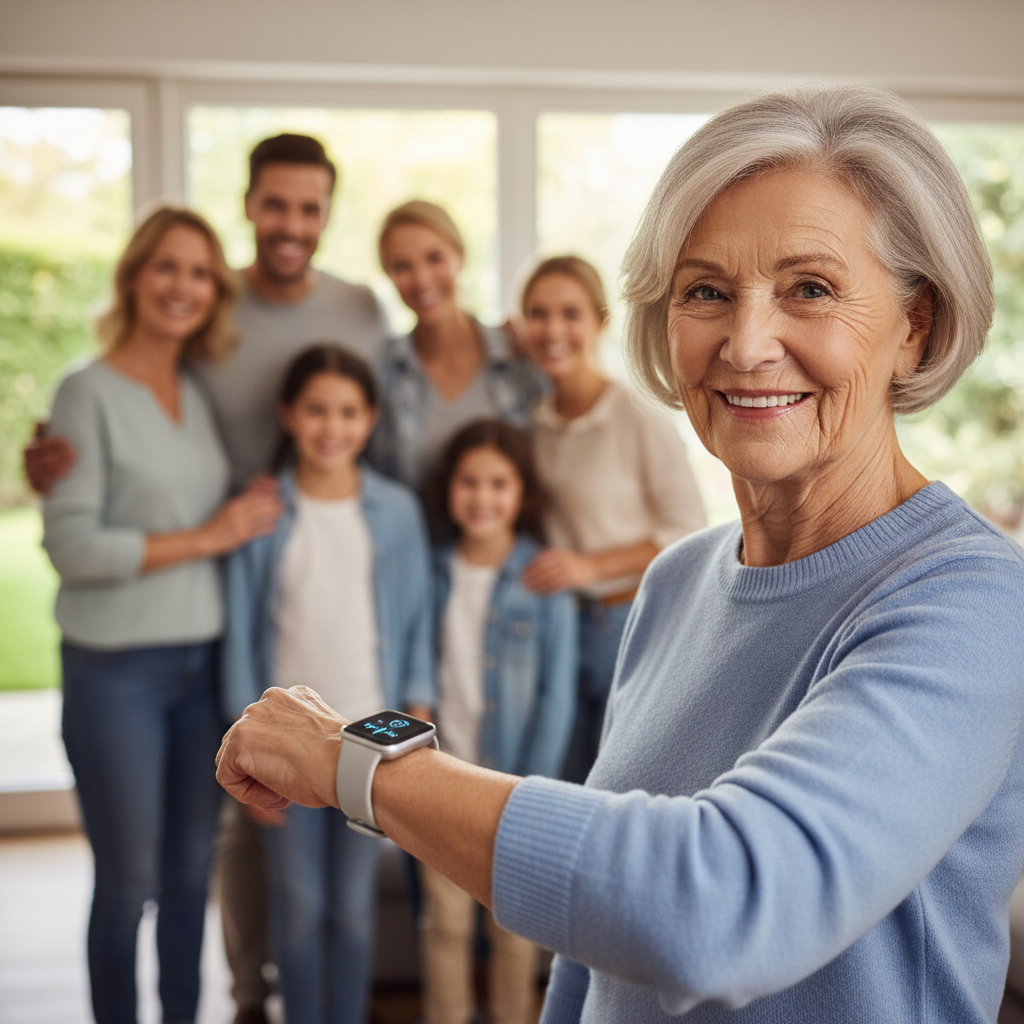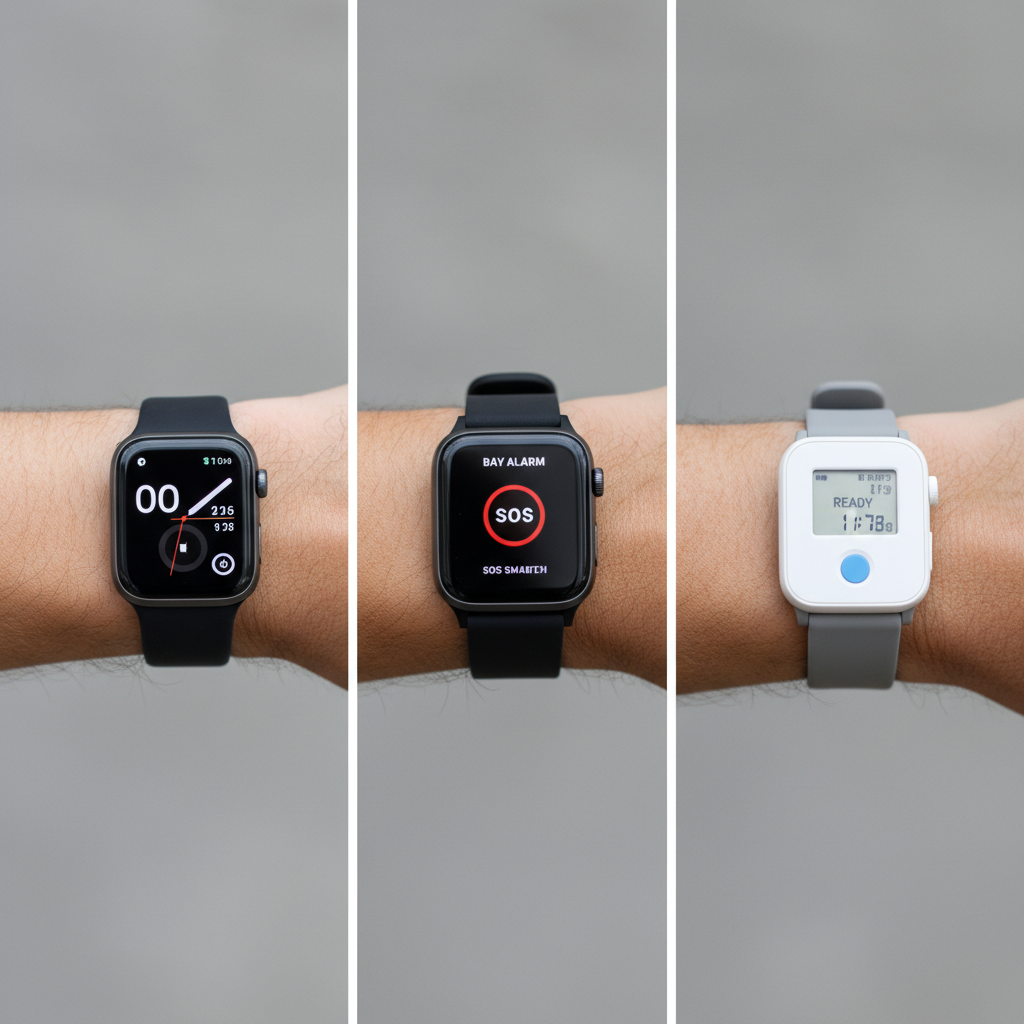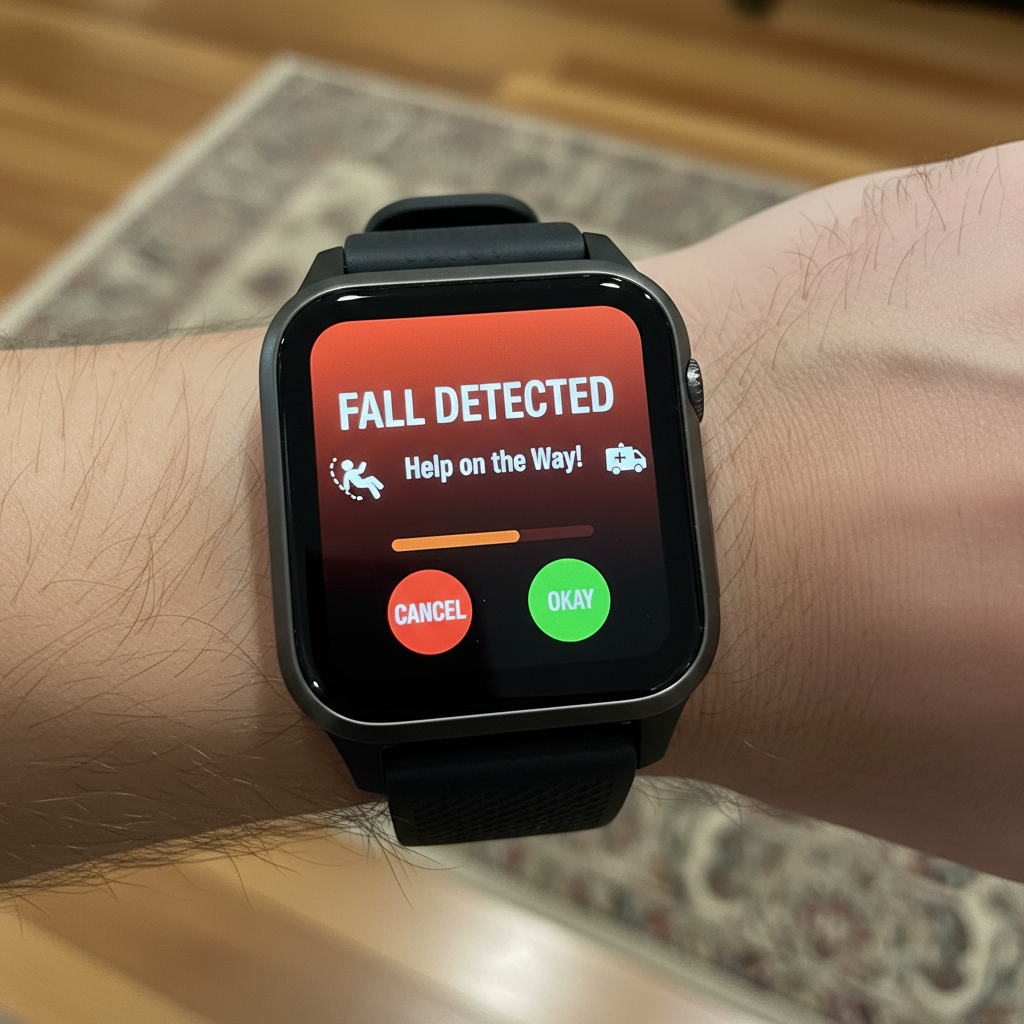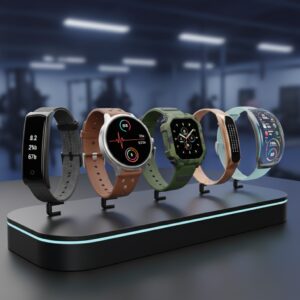
Imagine this: Your loved one is out for a walk, slips, and can’t reach their phone. But with a single tap—or even automatically—their smartwatch alerts help and family instantly. In 2025, that’s not sci-fi, it’s reality. The market for fall detection and emergency alert smartwatches is exploding, and knowing how to pick the right one is vital for families who value peace of mind—and independence.
Stop Risking It: Here’s How Smartwatches Are Changing Senior Safety
Falls are the number one cause of injury for older adults, with over 36 million reported annually in the U.S. alone. The latest wearables now blend AI-powered fall detection, GPS tracking, and instant SOS alerts in stylish, comfortable designs. But features (and reliability!) vary enormously.
Why Now? The 2024–2025 Game-Changers You Can’t Ignore
Tech giants and medical alert leaders have leveled up their offerings. Apple Watch SE (2nd Gen), Bay Alarm SOS Smartwatch, and Medical Guardian MGMove/MGMini Lite are setting the pace, but each has distinct strengths, costs, and monitoring options.

Step 1: Pinpoint Your Non-Negotiables
- Automatic fall detection (AI-driven, for fewer false alarms)
- 24/7 emergency monitoring—direct to U.S.-based agents
- GPS location for fast family or emergency response
- Comfort (lightweight, water-resistant, discreet design)
- Battery life—should last at least a full day
- Caregiver tools—real-time alerts, location sharing, health data
- Upfront and monthly costs
Step 2: Compare the Top 2025 Models—What’s Worth Your Money?
| Model | Fall Detection | Emergency Monitoring | Monthly Cost | Upfront Cost | Battery | Notable Features |
|---|---|---|---|---|---|---|
| Apple Watch SE (2nd Gen) | Integrated | 911/service/caregiver | From $9.99 (cellular) | $249+ | 18–24h | Best health & caregiver apps |
| Bay Alarm SOS Smartwatch | AI-powered integrated | 24/7 live agents | $29.95–$34.95 | $179 | 24h | Best value, dedicated SOS, caregiver location sharing |
| Medical Guardian MGMini Lite | Most accurate (80%) | 24/7 live agents | $39.95 | $149 | Up to 24h | Caregiver app, waterproof, speakerphone |
| BeWell Alert | Integrated | Family & pro monitoring | Varies | Varies | All-day | Simple interface, GPS |
Notice: Many “fashion” smartwatches don’t offer reliable fall detection or emergency monitoring: Always confirm before buying.
Step 3: Test-Drive the Features That Matter
- Try the fall detection: Most watches offer a test mode or demo; try it at home (carefully!)—Bay Alarm’s AI is winning praise for accuracy and minimal false alerts[4].
- Assess comfort & display: Thin, flexible bands and crisp screens are important for all-day wear. Apple Watch SE and MGMove score highest here.
- Check caregiver tools: Look for easy-to-use apps that give you real-time alerts and GPS location. Apple and Medical Guardian offer the most robust caregiver dashboards[2][4].
- Battery & charging: If it’s not easy to charge nightly (or lasts less than a day), skip it. All the top models above hit the 18–24 hour mark.
Expert Tips for Families (and FOMO-Proof Your Safety Plan)
- Don’t wait: Supply chain issues and 2024’s surging demand could mean backorders on the most advanced models. Order early, especially before holidays.
- Risk-free trials: Several brands offer 30–60 day free trials—test rigorously with your loved one at home and outside[1][3].
- Plan for upgrades: Tech evolves fast; look for models with easy software updates and strong warranty support.
- Compare plans: Some watches lock you into contracts; others (like Apple) are month-to-month and can be customized with or without monitoring.
How to Calculate the Real Cost—And Save
Prices range from $249+ for an Apple Watch SE (plus $9.99–$19.99/mo for cellular, or free on Wi-Fi) to $149–$179 upfront plus $29.95–$39.95/mo for dedicated medical watches with 24/7 monitoring (Bay Alarm or Medical Guardian)[2][4]. Look for seasonal promos and ask about discounts for annual plans or couples.

Pro tip: Don’t be swayed by the lowest monthly fee alone—fall detection accuracy and response speed matter far more in a real emergency.
What the Experts Say: 2025 Trends & Innovations
- AI is improving fall detection: The latest watches (Bay Alarm SOS, Apple Watch Series 9) use machine learning to distinguish real falls from everyday movement—reducing false alarms and increasing trust[4].
- Caregiver integration: Expect even more powerful caregiver dashboards, able to track location, battery, and emergency response timelines in real time.
- Longer battery life and better water resistance: These are key differentiators as new models emerge.
- Style upgrades: No more “medical device” stigma—these are sleek, everyday wearables.
Your Action Plan: Don’t Wait Until After a Fall
- Assess your loved one’s needs (fall risk, lifestyle, tech comfort level).
- Research and compare top 2025 models (see table above).
- Order early: Take advantage of risk-free trials and check for current promos.
- Set up and test: Walk through emergency scenarios and app alerts with the whole family.
- Review quarterly: As needs change, so can features—don’t be afraid to upgrade.
Ready for Peace of Mind?
Don’t leave safety to chance. The right smartwatch could mean immediate help in a crisis—and priceless reassurance for you and your family. Shop the latest models, test them out, and take action before the next fall. There’s real urgency: demand is high, options are changing fast, and the best deals go quickly.

Act now: Compare Apple Watch SE, Bay Alarm SOS, and Medical Guardian MGMini Lite—before they’re backordered. Your loved one’s independence and safety are too important to wait.


